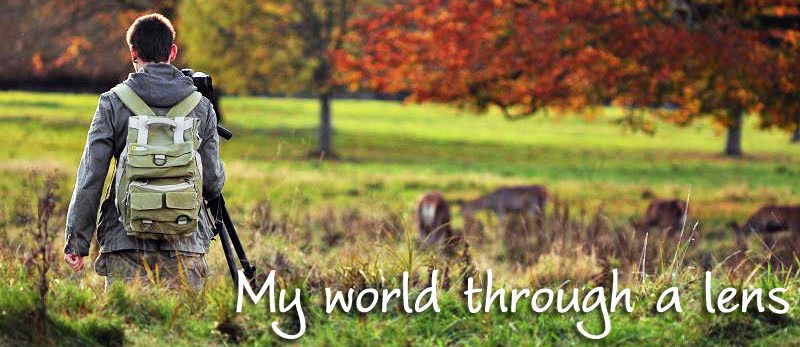When I first started this project I didn’t really know what I was aiming for, I was trying to do street photography since I actually never did it properly, but it seemed it was not quite enough. I looked up at some great photographers like Henry Cartier-Bresson, Gary Winogrand and Martin Parr, and then I looked back at my work... My photographs didn’t say anything special and they were quite different one from another. They didn’t seem to have a theme or common subject. So I stopped for a while and started looking back to my past projects and photographs. Although all of them were saying different things, they were all converging in three main themes: time, space and human culture. I realised then that these are the thing I think about subconsciously when I pick up my camera and go out.
So I gave it a rest and thought about it, asking myself this: what is a common thing people do on the street over and over again in an infinity loop which I can photograph to portray my ideas?
The answer was quite simple, the bus stops. The waiting, the queuing, the looking at the time to see when the next bus comes, the people and cars passing by, the routine of all the things you do while at a bus stop would simply engulf the ideas I want to represent. I chose the Centrelink bus stops for the project, because of the loop the bus takes every 10 minutes between Broadmarsh and Victoria coach stations over and over again. Another thing that made me take this decision is the magical number 10. The number 10 is regarded as the most perfect of numbers, because it contains the unit that did it all, and the zero, symbol of the matter and the chaos, of which all came out. It then includes in its figure the created and the non-created, the beginning and the end, the power and the force, the life and the nothing. So I used this number as a reference when taking my photographs, at first I wanted to do a whole 10 minute exposure but I ran into some technical problems, I didn’t have the money to buy the required equipment in order to do this, so I opted for something similar. Every one minute for ten minutes I took an exposure in every bus stop after that I over layered the exposures one on top of the other for each of the stops I went to, to combine them in the final image that would represent the bus stop and what s happening within those 10 minutes.














































